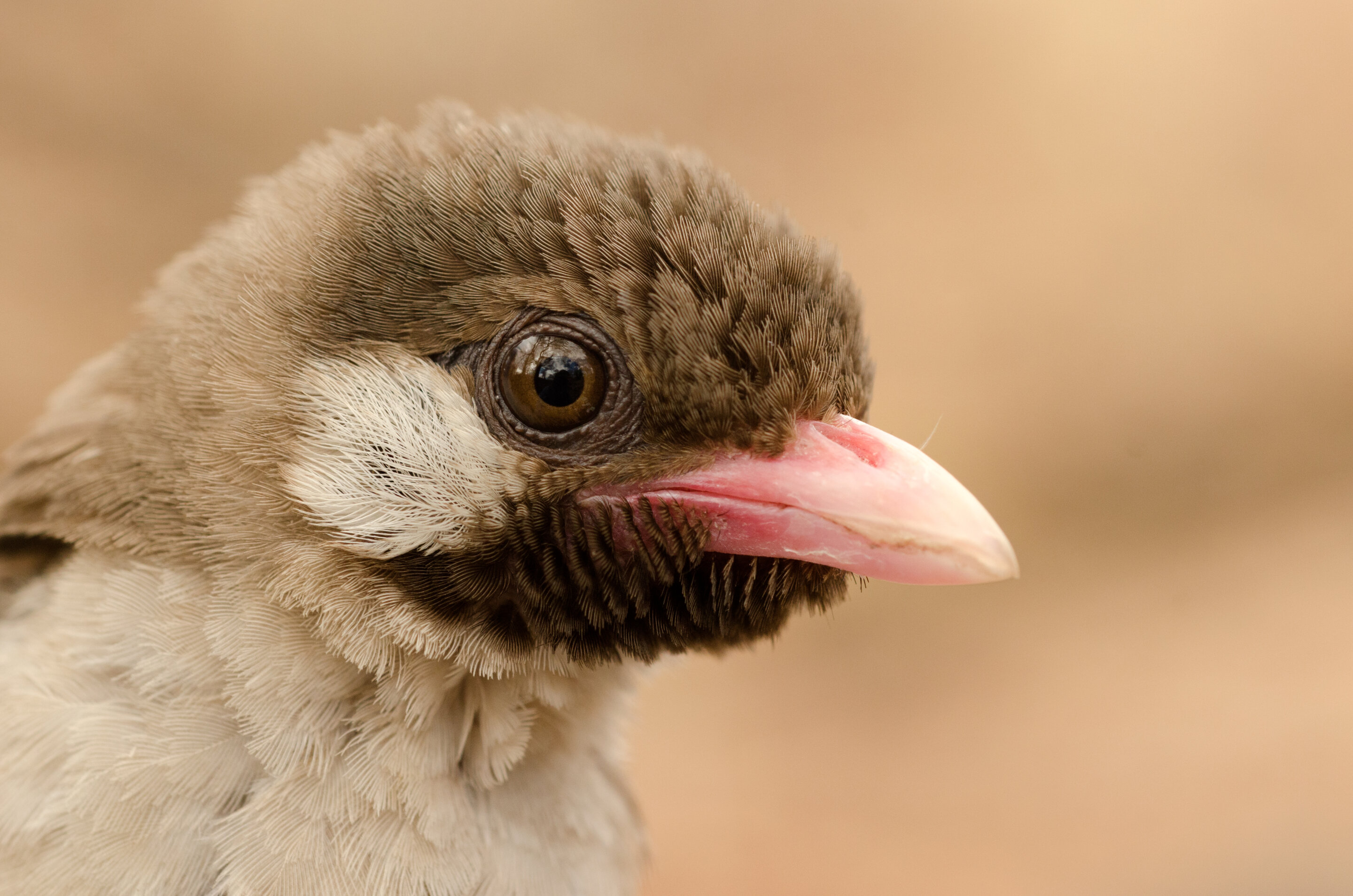In many parts of Africa, humans cooperate with a species of wax-eating bird called the greater honeyguide, Indicator indicator, which leads them to wild bees’ nests with a chattering call. By using specialized sounds to communicate with each other, both species can significantly increase their chances of accessing calorie-dense honey and beeswax.
The study is published in the journal Science.
“We found that honeyguides prefer the calls given by their local human partners, compared to foreign calls and arbitrary human sounds. This benefits both species, since it helps honey-hunters attract a honeyguide to show them hard-to-find bees’ nests, and helps honeyguides to choose a good partner to help them to get at the wax,” said Dr. Claire Spottiswoode, an evolutionary biologist at the University of Cambridge’s Department of Zoology and the University of Cape Town, and joint lead author of the paper.
Hadza honey-hunters in Tanzania communicate with honeyguides using a melodic whistle, whereas Yao honey-hunters in Mozambique use a trill followed by a grunt.
The experiments showed that honeyguides in the Kidero Hills, Tanzania are over three times more likely to cooperate with people giving the local Hadza whistle, than people giving the ‘foreign’ Yao trill and grunt. And the honeyguides in the Niassa Special Reserve, Mozambique are almost twice as likely to cooperate in response to the local Yao trill and grunt, than the ‘foreign’ Hadza whistle.
2023-12-07 19:00:04
Article from phys.org rnrn
